Greenstone
A rock classification type
This page is currently not sponsored. Click here to sponsor this page.
About Greenstone
A granofels whose greenish colour is due to the presence of minerals such as actinolite, chlorite and epidote.
Also:
i. A field term applied to any compact dark-green altered or metamorphosed basic igneous rock (e.g., spilite, basalt, gabbro, diabase) that owes its color to the presence of chlorite, actinolite, or epidote.
Compare with: greenschist
ii. See: Nephrite
iii. An informal name for a greenish gemstone, such as fuchsite or chiastolite.
Ref: AGI
iv. Compact, igneous rocks that have developed enough chlorite in alteration to give them a green cast. They are mostly diabases and diorites. Greenstone is partially synonymous with trap. It is often used as a prefix to other rock names. The term is used frequently when no accurate determination is possible.
v. Includes rocks that have been metamorphosed or otherwise so altered that they have assumed a distinctive greenish color owing to the presence of one or more of the following minerals: chlorite, epidote, or actinolite.
vi. Freshly quarried stone containing quarry water.
Ref: Arkell
vii. Can. Generalized name given to Precambrian lavas.
Ref: Hoffman
Also:
i. A field term applied to any compact dark-green altered or metamorphosed basic igneous rock (e.g., spilite, basalt, gabbro, diabase) that owes its color to the presence of chlorite, actinolite, or epidote.
Compare with: greenschist
ii. See: Nephrite
iii. An informal name for a greenish gemstone, such as fuchsite or chiastolite.
Ref: AGI
iv. Compact, igneous rocks that have developed enough chlorite in alteration to give them a green cast. They are mostly diabases and diorites. Greenstone is partially synonymous with trap. It is often used as a prefix to other rock names. The term is used frequently when no accurate determination is possible.
v. Includes rocks that have been metamorphosed or otherwise so altered that they have assumed a distinctive greenish color owing to the presence of one or more of the following minerals: chlorite, epidote, or actinolite.
vi. Freshly quarried stone containing quarry water.
Ref: Arkell
vii. Can. Generalized name given to Precambrian lavas.
Ref: Hoffman
Unique Identifiers
Mindat ID:
50066
Long-form identifier:
mindat:1:1:50066:7
GUID
(UUID V4):
(UUID V4):
fb9b0280-2e94-45cf-b148-496983bccd46
Classification of Greenstone
- Rock
- Metamorphic rock
- Very low to low-grade metamorphic rock
- Greenstone
- Granofels
- Greenstone
- Contact metamorphic rock
- Granofels
- Greenstone
- Granofels
- Very low to low-grade metamorphic rock
- Metamorphic rock
Sub-divisions of Greenstone
- Greenstone
Mineralogy of Greenstone
Non-essential minerals - these minerals are common, sometimes major components, but are not always present:
| Actinolite | ◻Ca2(Mg4.5-2.5Fe0.5-2.5)Si8O22(OH)2 |
| Chlorite | A name commonly used for undifferentiated members of the chlorite group. |
| Epidote | (CaCa)(AlAlFe3+)O[Si2O7][SiO4](OH) |
Pronunciation of Greenstone
Pronunciation:
| Play | Recorded by | Country |
|---|---|---|
| Jolyon Ralph | United Kingdom |
Common Associates
Associated Minerals Based on Photo Data:
| 4 photos of Greenstone associated with Chlorastrolite | Ca2MgAl2(Si2O7)(SiO4)(OH)2 · H2O |
| 1 photo of Greenstone associated with Sphalerite | ZnS |
| 1 photo of Greenstone associated with Magnetite | Fe2+Fe3+2O4 |
| 1 photo of Greenstone associated with Chalcopyrite | CuFeS2 |
Internet Links for Greenstone
mindat.org URL:
https://www.mindat.org/min-50066.html
Please feel free to link to this page.
Please feel free to link to this page.
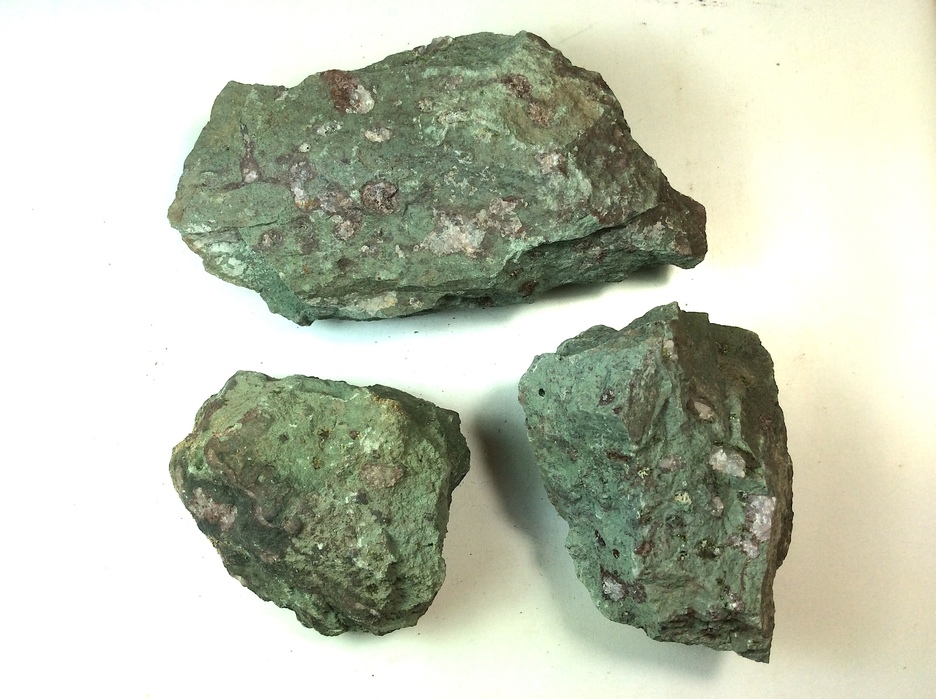
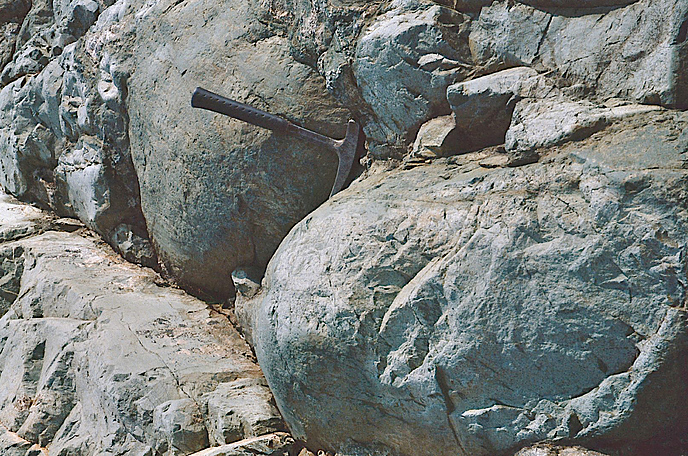
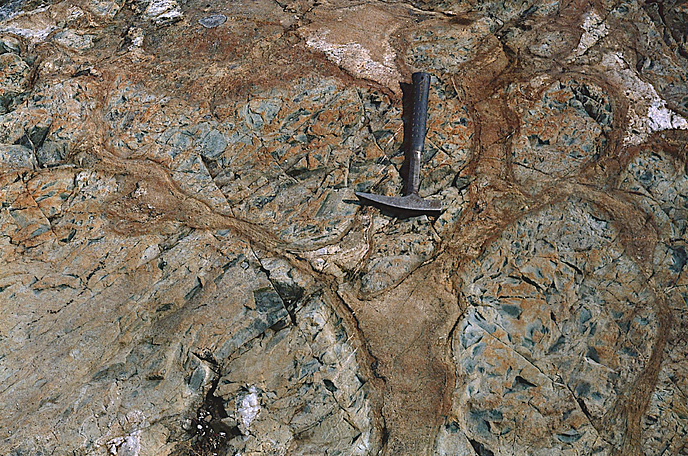
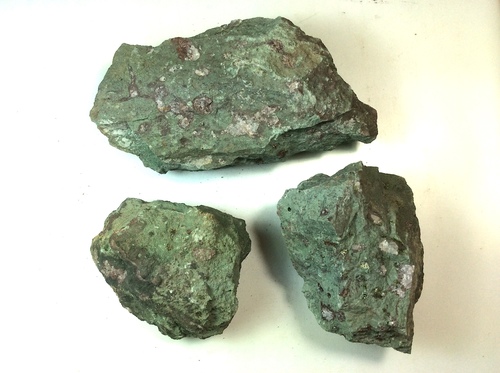
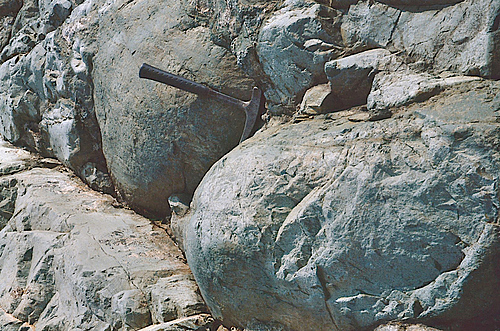





Dresser Trap Rock Quarry, Polk County, Wisconsin, USA